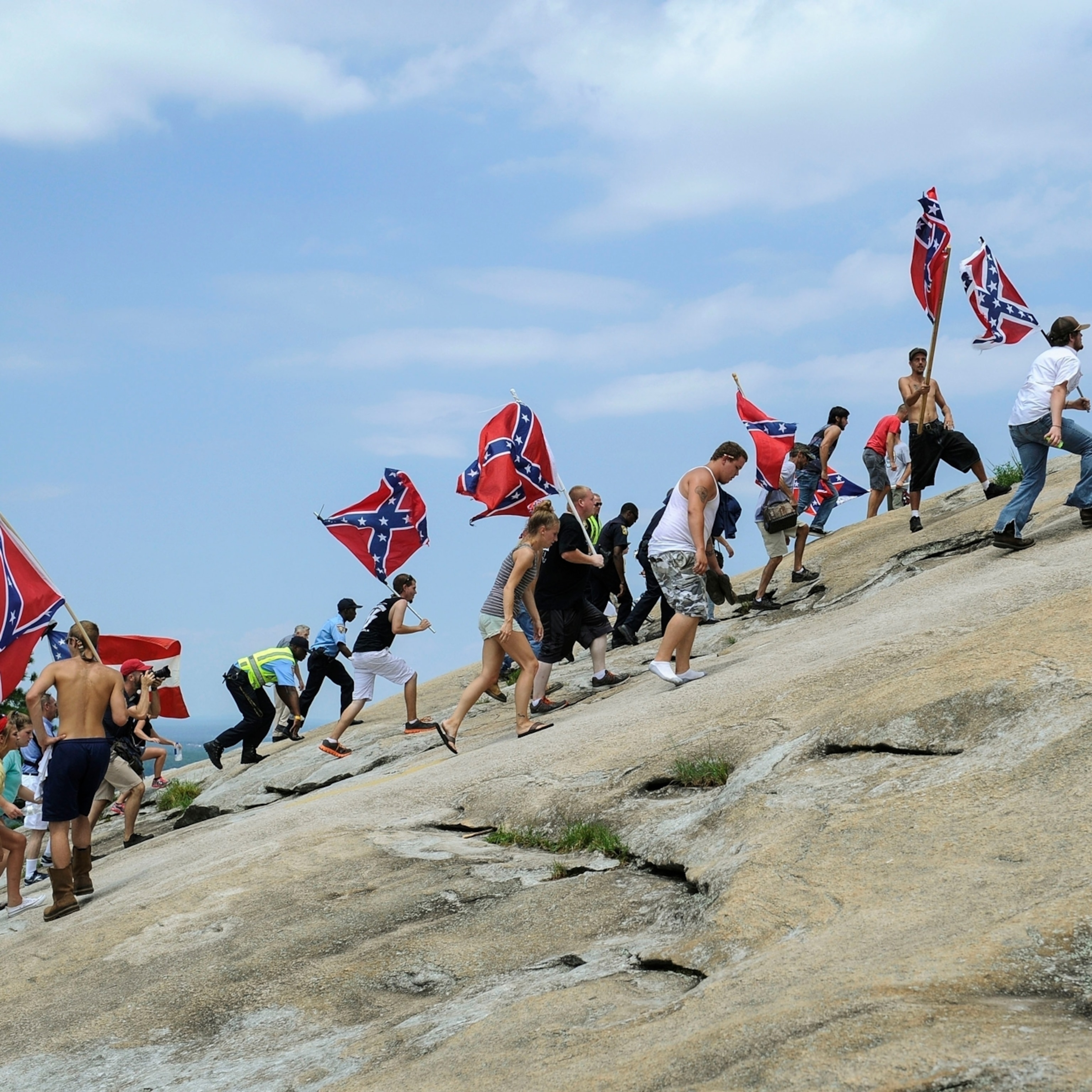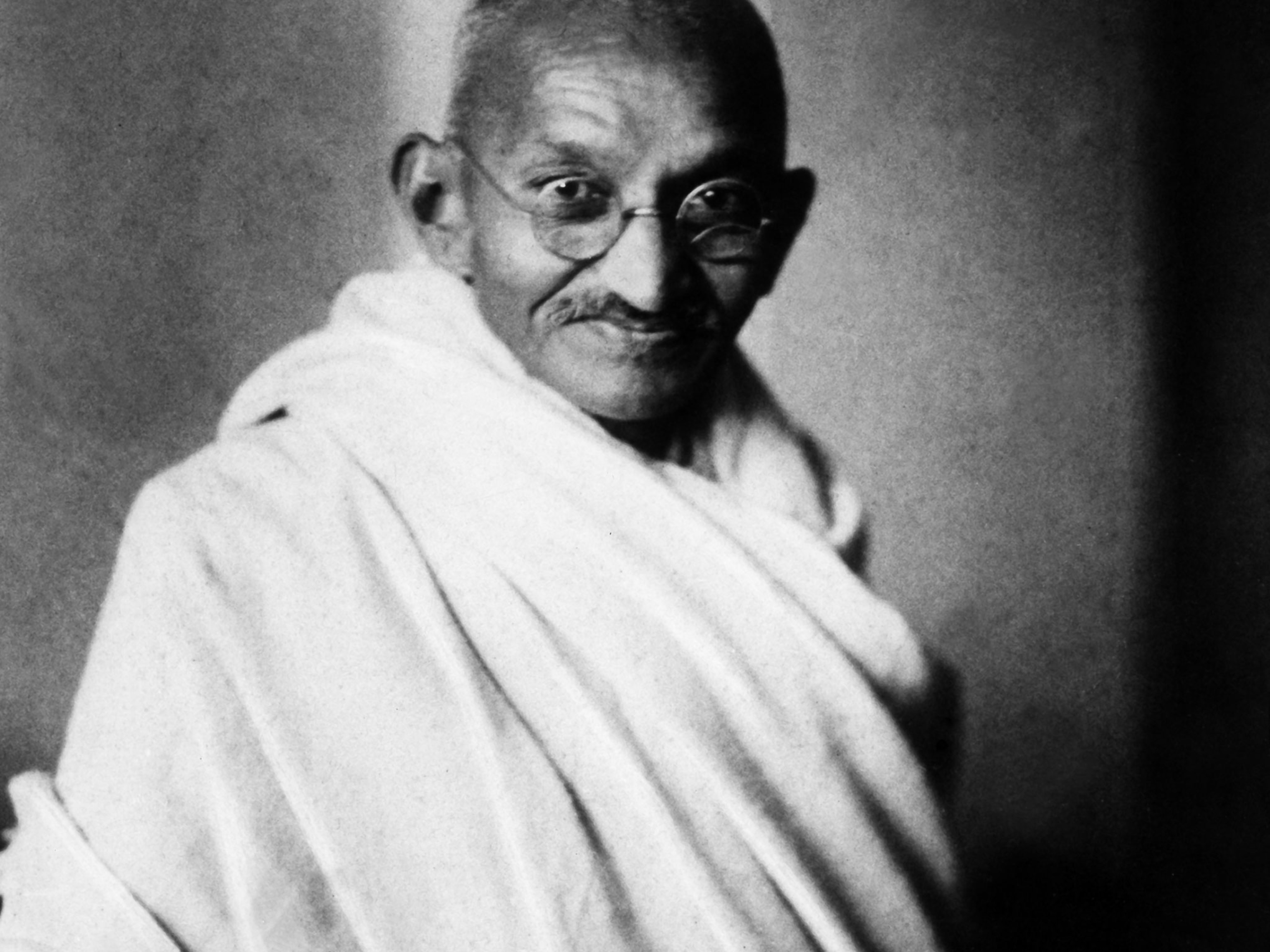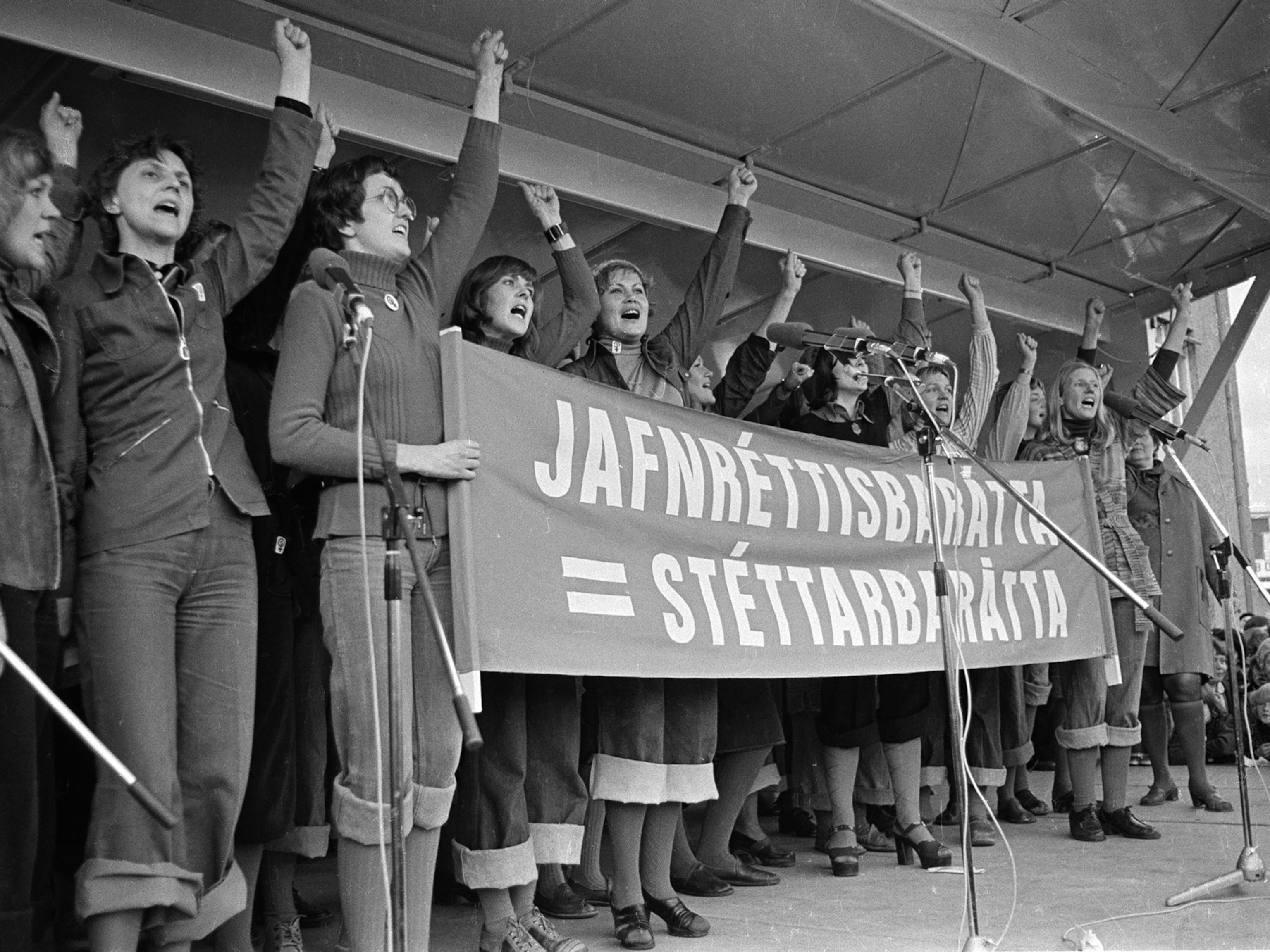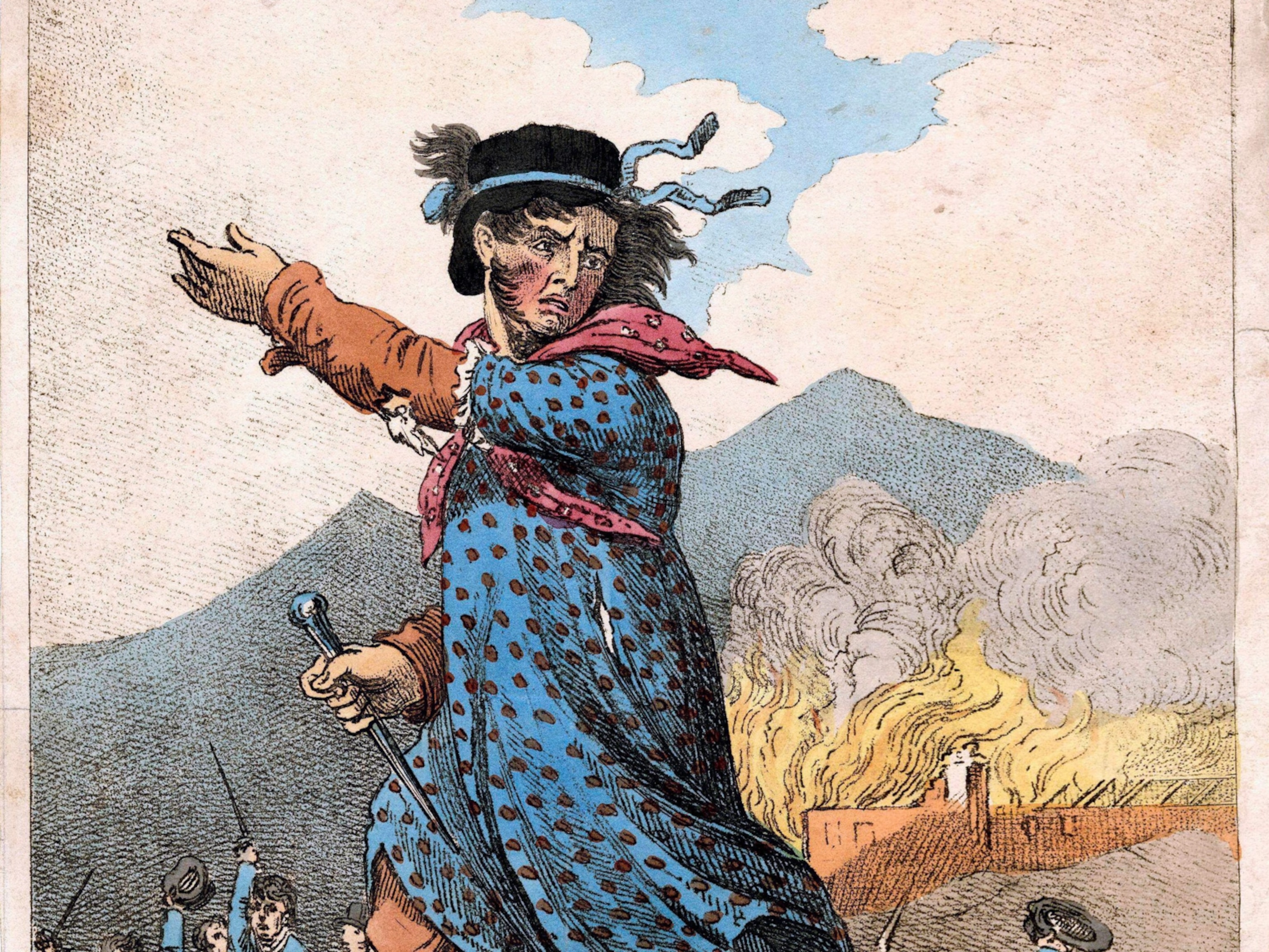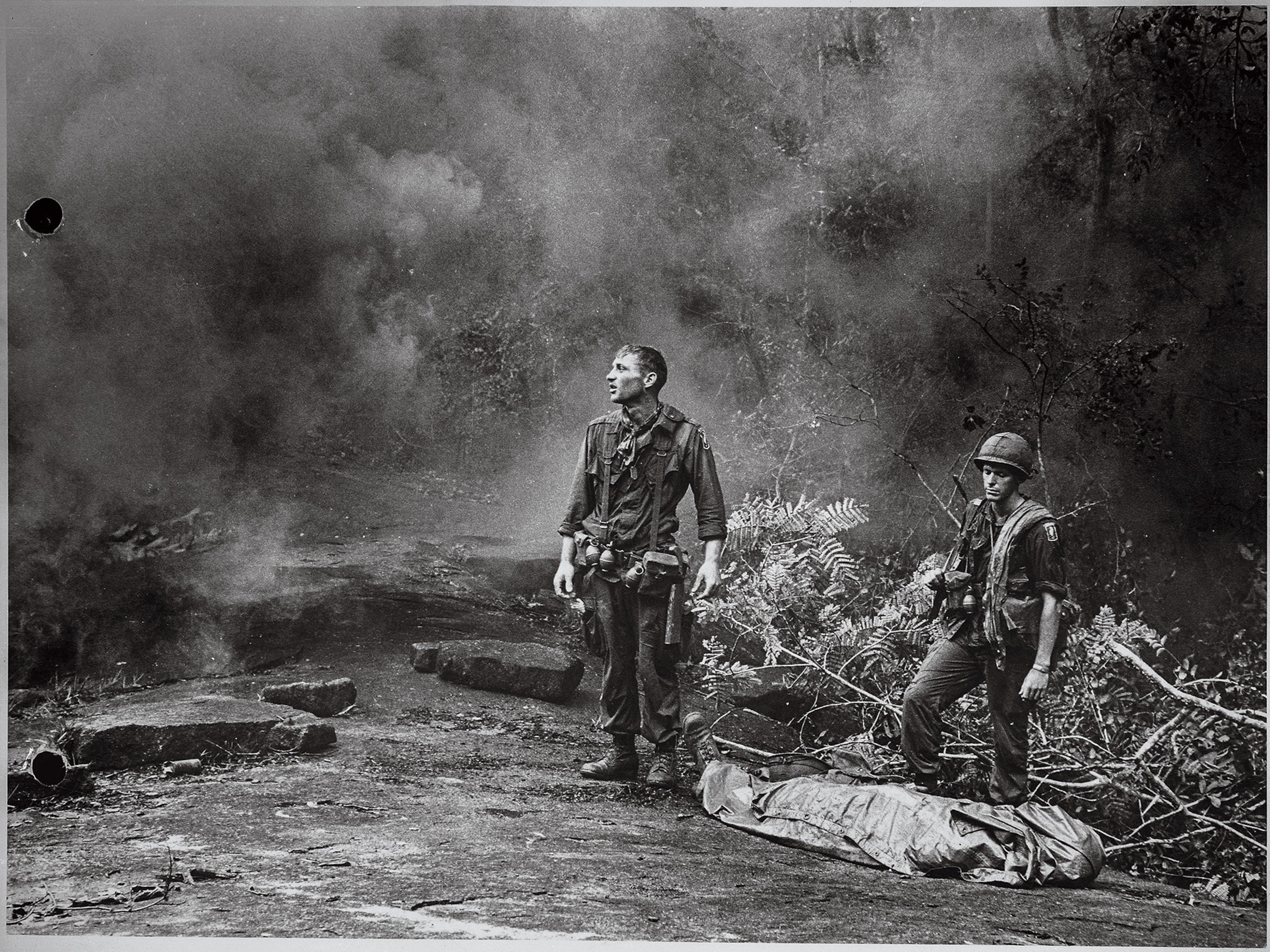‘We’ve come a long way, but our journey is not over’
Participants in the Commitment March on Washington reflect on the actions that led to this “moment of reckoning in America”, and the work still left to be done.

Washington, D.C. — Before they returned to their hometown of Louisville, Kentucky, Tracey Bradley, 50, and her daughter Melanie Cox, 29, wanted to relive the experience of last Friday’s Commitment March. The next day, they took selfies on the steps of the Lincoln Memorial, and talked about why they had made the journey.
“As Reverend Al said yesterday, we as Black people are tired,” Bradley said. “My son is 31 years old, I have two grandchildren, both of them are girls like Breonna. The police have still not been arrested or charged for her murder. So I came not just to march for Breonna or George Floyd, but for my son, for my daughter, for my grandchildren. It’s time for a change.”
They’ve participated in the marches and protests in their hometown following the March 13 police shooting death of emergency medical technician Breonna Taylor during a no-knock drug raid. As protests and demonstrations against systemic racism and police brutality continue across the United States, reflections on the past, assessments of the present, and concerns about the future commingle for many of the people who supported the event. They insist the country must acknowledge a history of policies that have subverted African-American progress through legal manipulation and physical violence before true healing—and equality—can ever occur.
Many have pledged to sustain the momentum of the march, which commemorated the 57th anniversary of the 1963 March on Washington for Jobs and Freedom, through ongoing protests, vigils and public conversation. (Hear why participants risked COVID-19 to attend this year's Commitment March.)
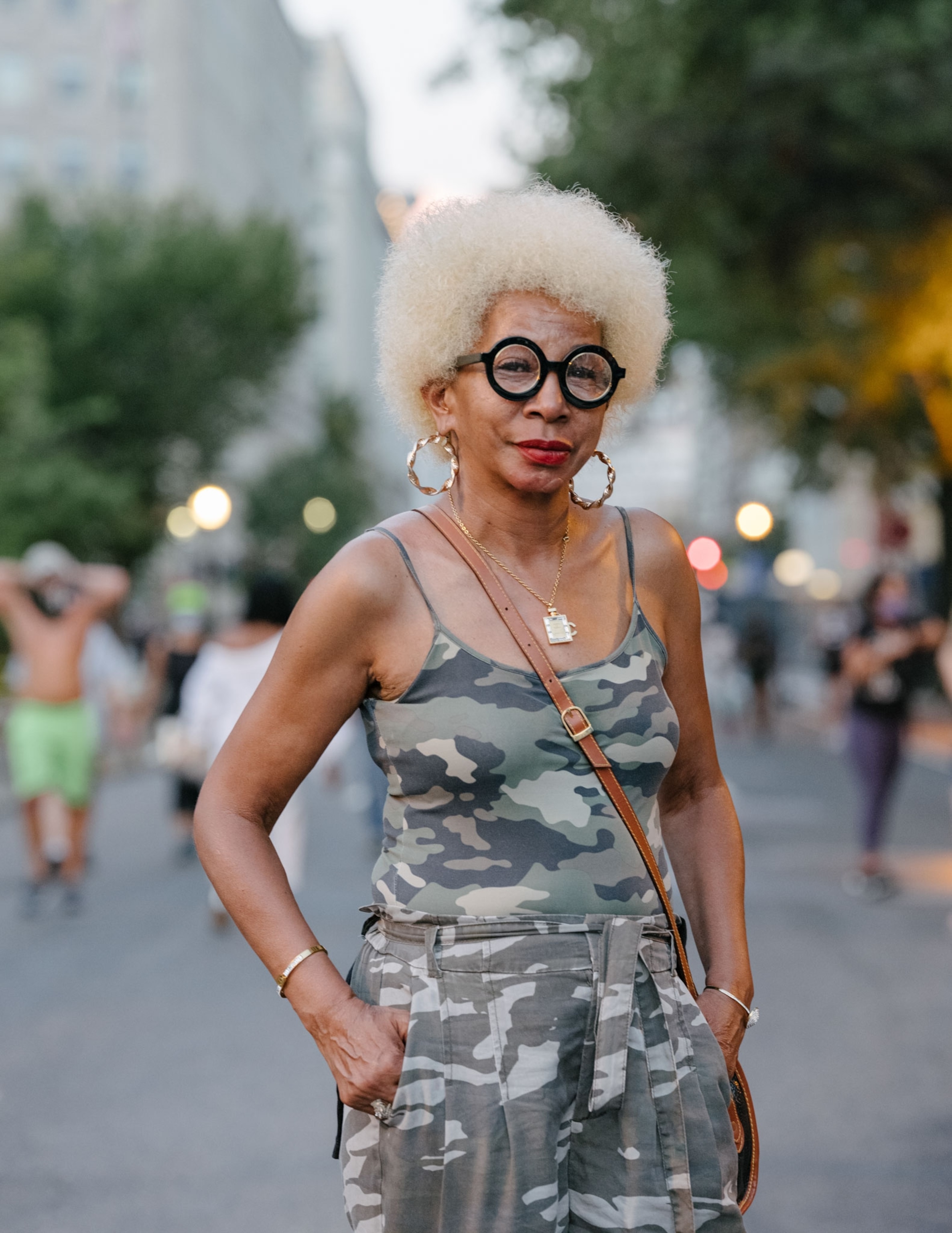

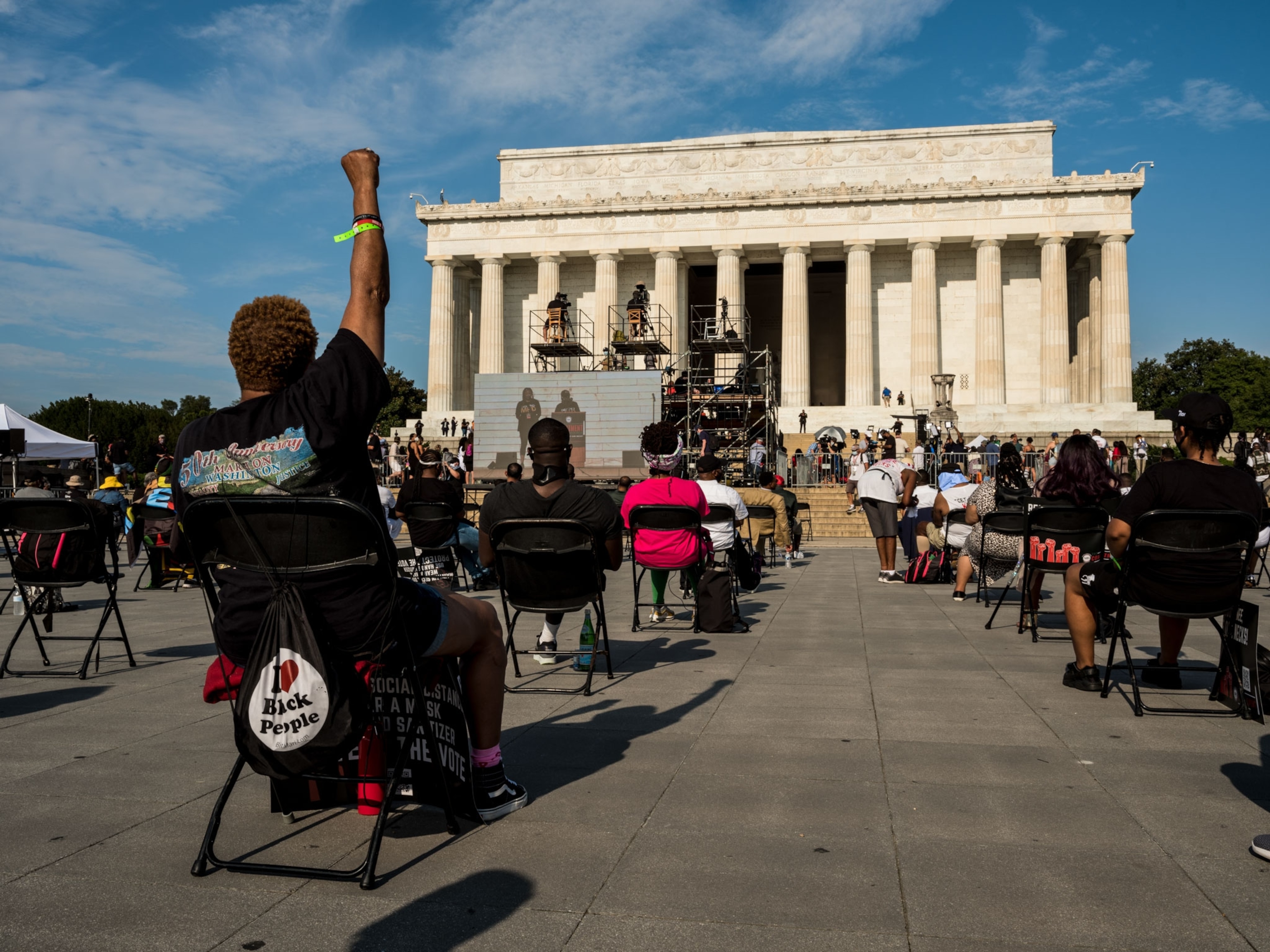

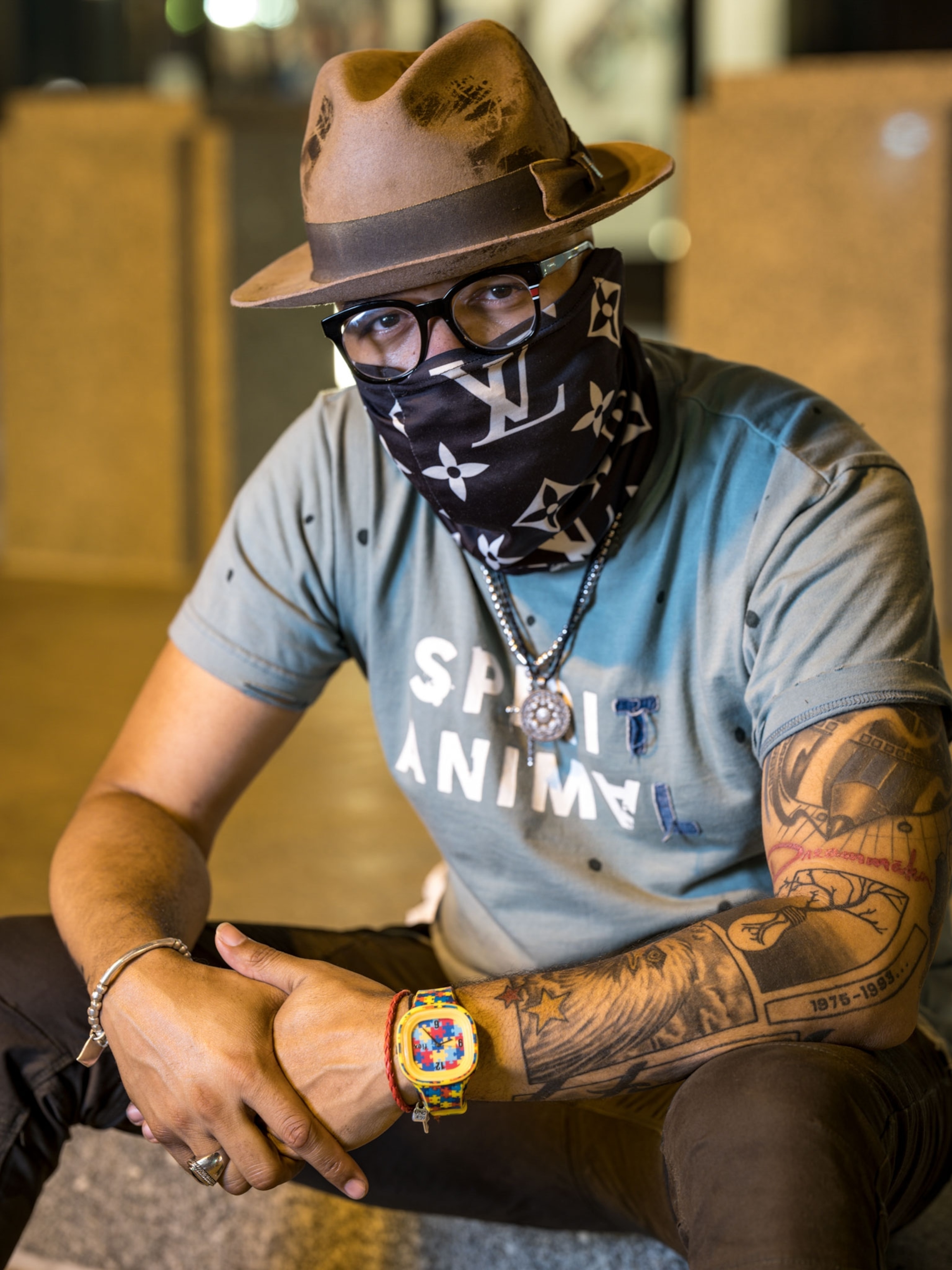

Standing in one of the porticos of the World War II Memorial, Marine Lt. Anthony Sims, 29, of Cleveland, Ohio, reflected on America’s military past, and the effort it took for him to excel in his own career.
“So in the Marines, we really value our history,” Sims said. “That’s why in the Marine Corps, the Montford Point Marines are like legends.” He’s referring to the first African-American U.S. Marine Corps recruits who enlisted after President Franklin Roosevelt established the Fair Employment Practices Commission in June 1941. The Black recruits trained at Camp Montford Point in Jacksonville, North Carolina, from August 26, 1942 until the camp was decommissioned on September 9, 1949.
Sims, who is Black, says, “In my path to becoming an officer, I learned about the struggle they went through, and they had to be perfect when other could just be average. They were trying to break the glass ceiling, so that I could be here.”
In fact, many Black Americans are navigating this tense moment in the nation’s history by examining the price paid by previous generations for them to survive during this fractious moment.
Heather Hunter, 46, and Tamala Richards, 49, are sisters from Spokane, Washington, who flew to D.C. for the march. With the Washington Monument as their backdrop, the women said they’re inspired to be more vocal about issues like voting and police brutality by considering what their parents, both 74, endured growing up in Memphis, Tennessee.
“I’ll always remember my mother describing how scary it was for her to sit at the front of the bus for the very first time,” Hunter said. “As they get older, I’m trying to get to know who they were as people before they were our parents. My father told me once about a time when he was in a car with a white girl and got pulled over and being afraid he was going to die. They’re proud of us and all we’ve accomplished, but they can’t forget what’s happened.”
Across town, students and alumni of historically Black colleges and universities convened Saturday for the HBCU March of the Generations, organized to advocate for educational equity for Black students across the United States. The group began near the campus of Howard University, an HBCU, and marched to the Smithsonian National Museum of African American History and Culture.
Saturday's march began with a moment of silence for Chadwick Boseman, a graduate of Howard, who died Friday. Boseman became a household name when he was cast as the Marvel superhero Black Panther in the 2018 blockbuster movie.
Several hundred participants were accompanied by a bus that traveled from Venice Beach, California, called the Hoop Bus, and a live go-go band that played music throughout the march. When they arrived at 14th and U streets in Northwest Washington, a crowd of onlookers gathered in the street with them, briefly stopping the march and creating a partylike scene.
The march was a continuation of HBCU student and alumni participation in the historic weekend. On Friday, Morehouse College junior Rick Hart spoke at the Commitment March.
“Brothers and sisters, we are at a moment of reckoning in America,” Hart told the crowd at the Lincoln Memorial. He said the U.S. has a justice department “more concerned about white kids being unable to get into Yale as opposed to protecting our people’s right to vote.”
Opening eyes and minds
For people who haven’t previously considered the impact of racism, the march and other recent events have given them a more fully-formed perspective. On a Constitution Avenue street corner near the Herbert C. Hoover Federal Building Saturday, 25-year-old Joey Dwyer, who is white, sported a black nylon face mask and a black t-shirt with a gold “Wakanda Forever” emblem from the Black Panther movie.
The Weymouth, Massachusetts, native admits he didn’t know much about slavery or racism growing up. His love of hip-hop music was the extent of his cultural exploration. But then Dwyer moved to Baltimore shortly before 25-year-old Freddie Gray was arrested for possessing a knife in April 2015 and went into a coma while being transported in a police van. The controversy surrounding his death sparked weeks of protests that occurred less than a year after the police-related shooting death of 19-year-old Michael Brown in Ferguson, Missouri. Their names, and those of Tamir Rice, Trayvon Martin, Sandra Bland, and many others, were repeated frequently throughout Friday’s march.
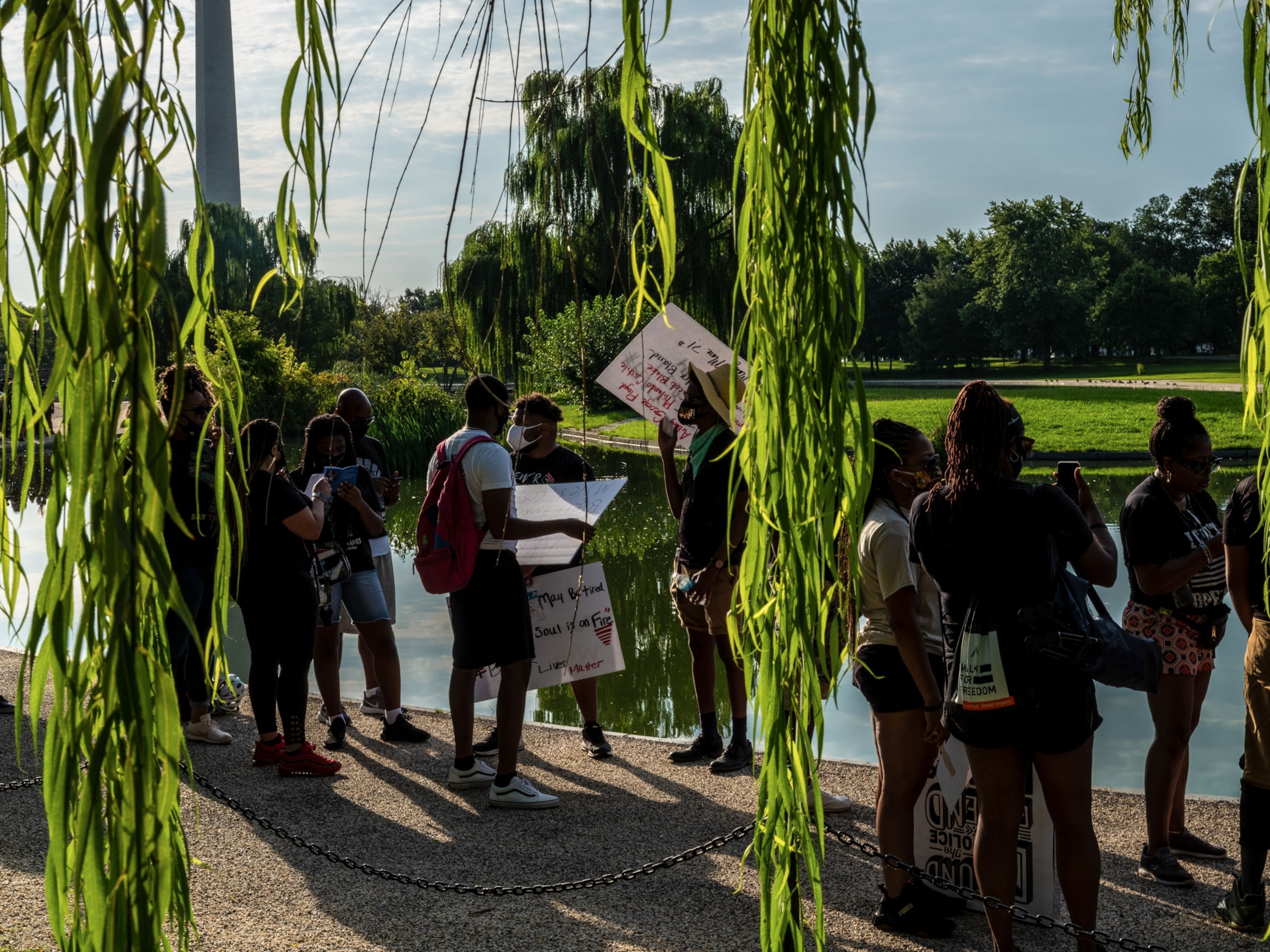
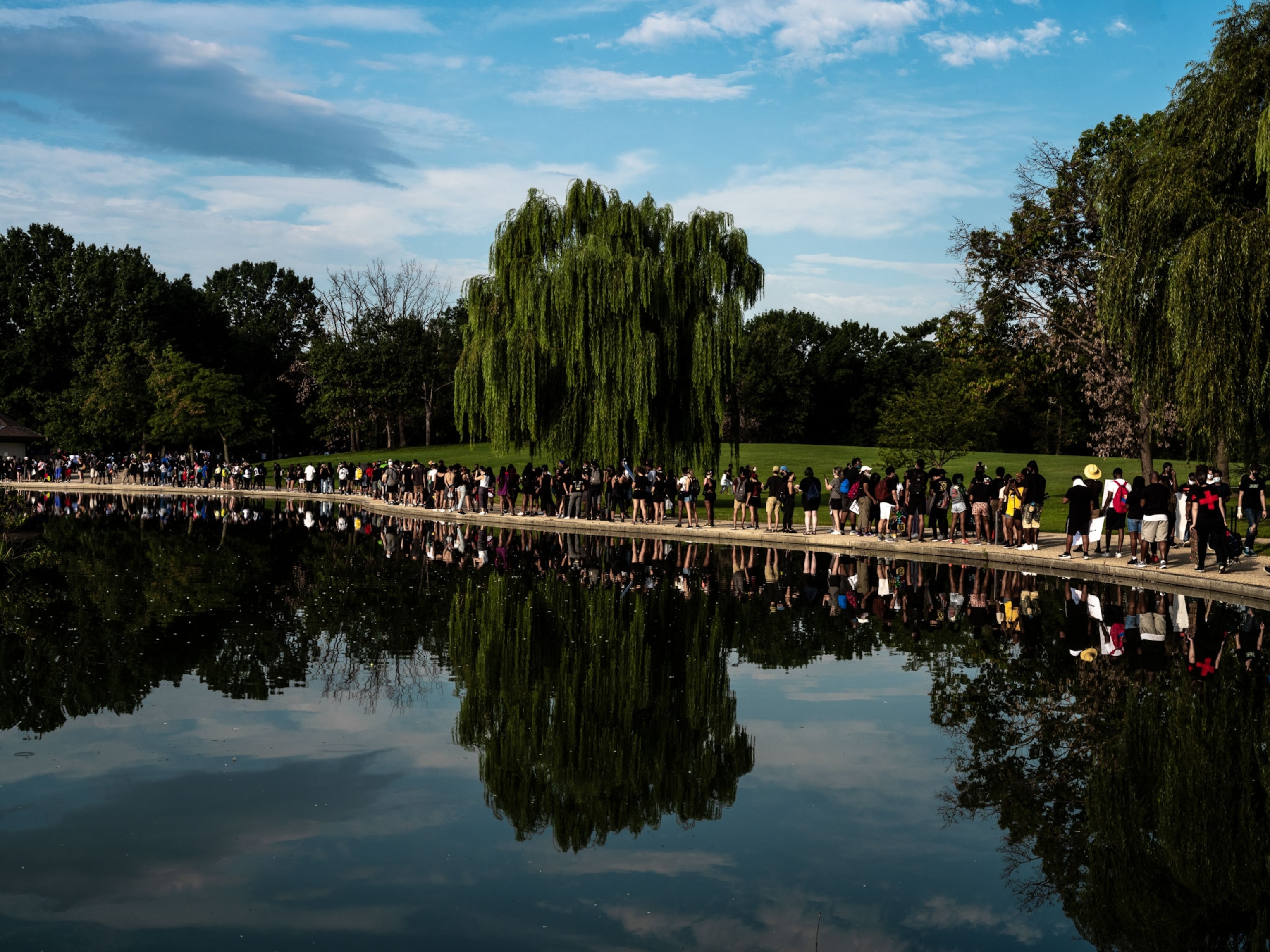

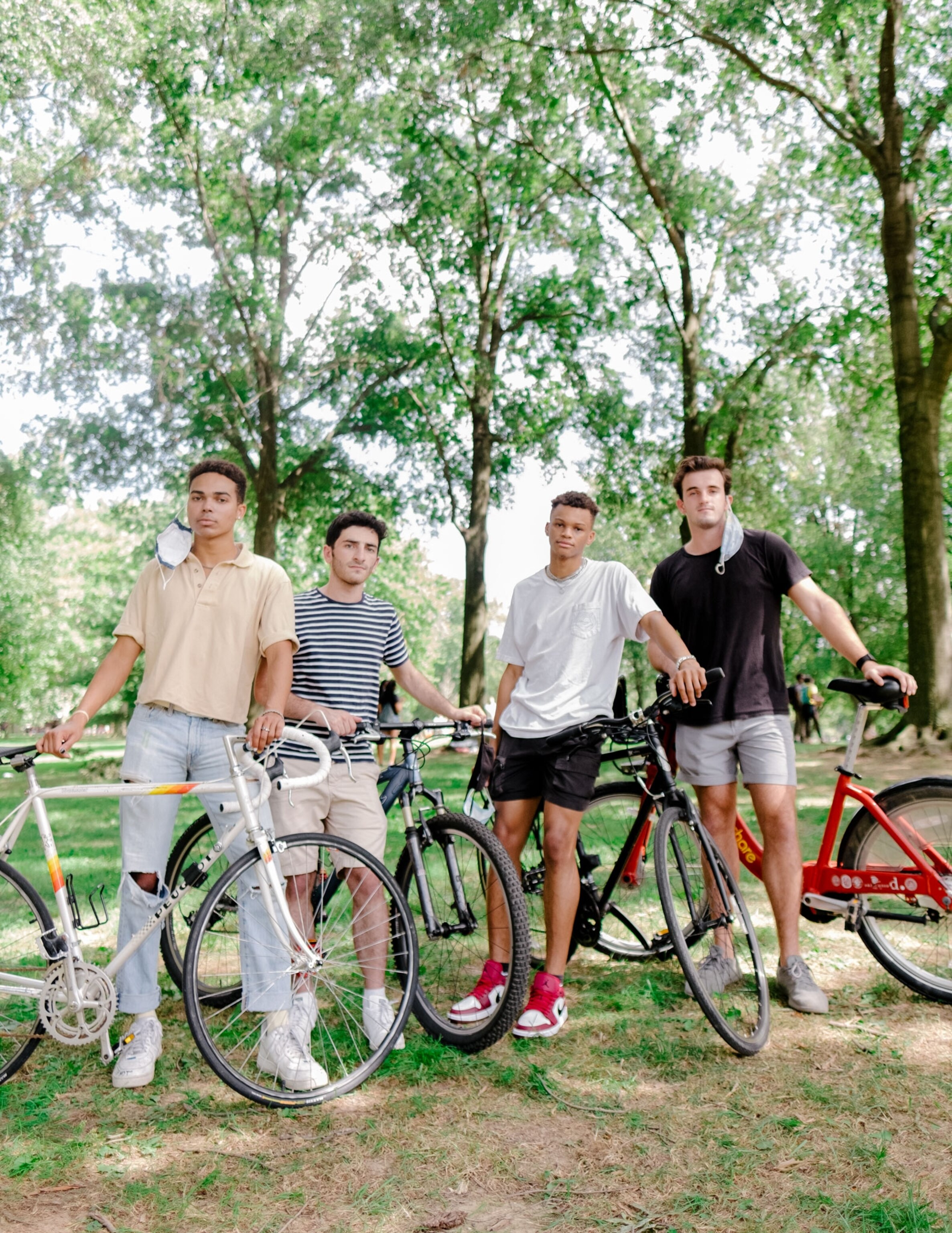

As a student at Loyola University, a Jesuit school in Baltimore, Dywer says, “That was the first time I could really see the disparities between Black and white America. Baltimore is so redlined, and you can just see how the paths for different people diverge. The past five years have been a huge awakening for me.”
Dwyer says news of Boseman’s death was devastating because of the symbolism of the role. In addition, Boseman died on the same day that Black baseball legend Jackie Robinson is celebrated for entering the Major Leagues in 1947, and on the same day that 14-year-old Emmett Till was lynched in Money, Mississippi, back in 1955. Boseman also starred as Jackie Robinson in the Hollywood movie “42.”
“As a white male, I’ve never obviously been able to relate to the Black experience,” says Dwyer. “But the depiction of strength and courage in that movie, the acknowledgement of the past and of the African continent, was so moving to me. That’s definitely a message we need to listen to right now.”
Nearby, at the National Building Museum, white parents Anthony Yoder and Hannah Sommers were trying to spark that kind of vivid connection in the minds of their children, Zona, 7, and Noah, 11. They were among the people who came to watch artists commissioned by the DC-based P.A.I.N.T.S. Institute (Providing Artists with Inspiration in Non-Traditional Settings) create murals depicting “The Big Six,” the name given to leaders of prominent civil rights organizations credited with organizing the 1963 March on Washington: Martin Luther King Jr., James Farmer, John Lewis, A. Philip Randolph, Roy Wilkins, and Whitney Young. (See rare color photographs from the historic 1963 march.)
The exhibition gave six artists the chance to add their energy to the conversation around the original march and the anniversary event. The institute is an incubator for artists to network and expand their entrepreneurship. P.A.I.N.T.S was established in 2016, and built its reputation with vivid murals on buildings throughout D.C., even landing a contract earlier this year to paint messages of hope and encouragement as the city grappled with the effects of COVID-19.
“While we were doing that, lo and behold, eight minutes and 46 second later, George Floyd was killed,” says John Chisholm, the group’s executive director. “The shift in focus and emotions shut the COVID project down, paving the way for the partnership with the Building Museum to focus on civil rights and activism.”
People wandered through the front courtyard of the Building museum, watching the artists paint on canvases set up beneath makeshift overhangs to protect them from the intermittent threat of rain. Along with works in progress, the exhibition included vivid completed canvases, including a study in splashes of blue featuring the words, “I Can’t Breathe,” produced by a young Black male member of a high school swim team who had never had a painting exhibited before.
“It's so hard to know how to explain racism to children,” Yoder said. “But we want to make sure that our kids are exposed to this kind of activism, and that they’re comfortable participating in causes they believe in. We want them to understand that this is our kind of family value.”
“I think our country is in a real process of trying to figure out what is the conversation we must have,” adds Sommers. “We’re not always comfortable figuring out how to start, but we have to do it. We tell our kids that they always have to be willing to listen to others, to understand what they’re going through.”
Levi Johnson’s canvas depicted legendary civil rights union leader A. Phillip Randolph, who founded the Brotherhood of Sleeping Car Porters, and Dorothy Height, the longtime president of the National Council of Negro Women. Height is known for having been a vocal advocate of Black women during the civil rights movement.
“There’s debate over whether she should have been counted in The Big Six,” Johnson explains. “She’s sort of been pushed aside, as they were also trying to push John Lewis aside because they thought he was too young. I thought it was important to include her in this project.”
Nearby, Mohammed Gafar worked on a panel feature James Farmer, co-founder of the Committee of Racial Equality (CORE). Among other things, the canvas featured a yellow school bus like the ones used to transport volunteers to organize voting campaigns during the 1960s. It also bore an image of one of the mugshots from Farmer’s many arrests for his activism, and the phrase “Good Trouble” coined by his colleague John Lewis. (Lewis was a champion of non-violent protest, despite the violence he himself suffered.)
“My art is my voice,” Gafar says. “It can ignite the mind, and it’s my way of taking a stand.”


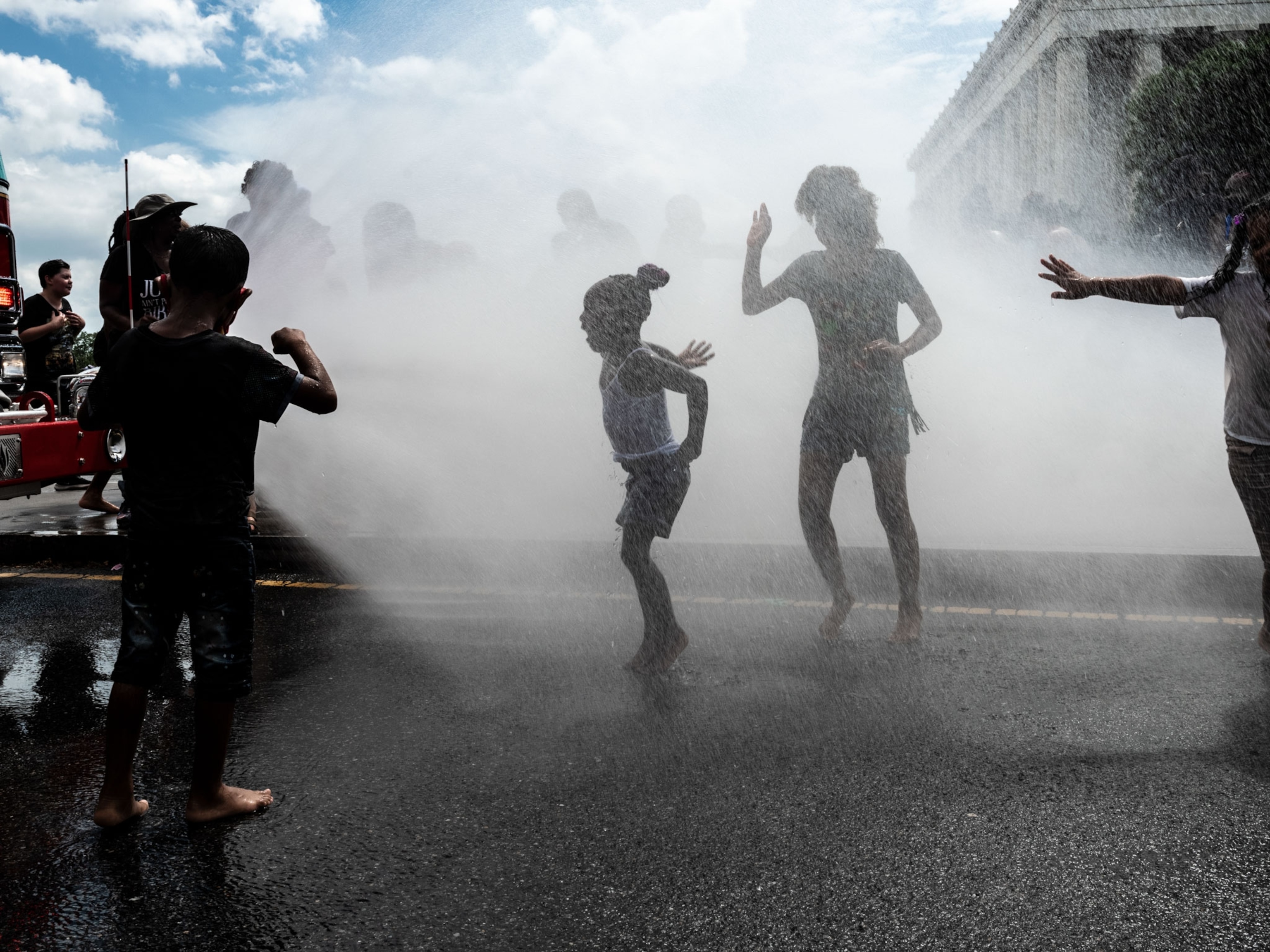

“Our journey is not over”
The sprinkling of people on Black Lives Matter Plaza near the White House on the Sunday after the march contrasted sharply with the scene before midnight Saturday.
Walter Lewis, a 58-year-old retired steamfitter, says he went to the march on Friday and came to Black Lives Matter Plaza around noon on Saturday. He was ferrying his pushcart full of books and flyers, some provisions and a vinyl tarp, because he wanted to soak up the post-march vibe.
“I’ve been coming here since this plaza was created,” Lewis says. “What’s been happening during the protests reminds me of when I was about six, the day after Dr. King was shot. We lived over near 14th and Constitution, and it was a mixed neighborhood. Everybody got along. But then the next day, I remember leaving the house, and everything around us was smoke and fire, and burning buildings. I will never forget the smell.”
Lewis says he spends at least one or two afternoons a week on the plaza, to take in the energy and activity, the spontaneous music and dancing that sometimes occurs. Saturday evening was so lively he didn’t want to leave. But then around 11:20 p.m., as he was standing near the St. Regis Hotel, Lewis heard a loud concussive boom and later saw plumes of smoke.
“At first I thought it was fireworks going off, so I looked toward the White House. But then I saw people running. And then I heard it again…BOOM.” Lewis says the noise came from canisters of tear gas he believes were tossed to disperse the crowd in the plaza. “That’s when I saw the force off it, like it was bouncing off walls. That’s when people started running.”
As he joined the crowd, Lewis said a wall of police officers moved the crowd forward, and a helicopter with bright lights hovered low. It took about an hour for things to settle down so that he could get back to his pushcart. Lewis says he spread out his blue vinyl tarp on one of the concrete walls near the street and spent the night on the plaza.
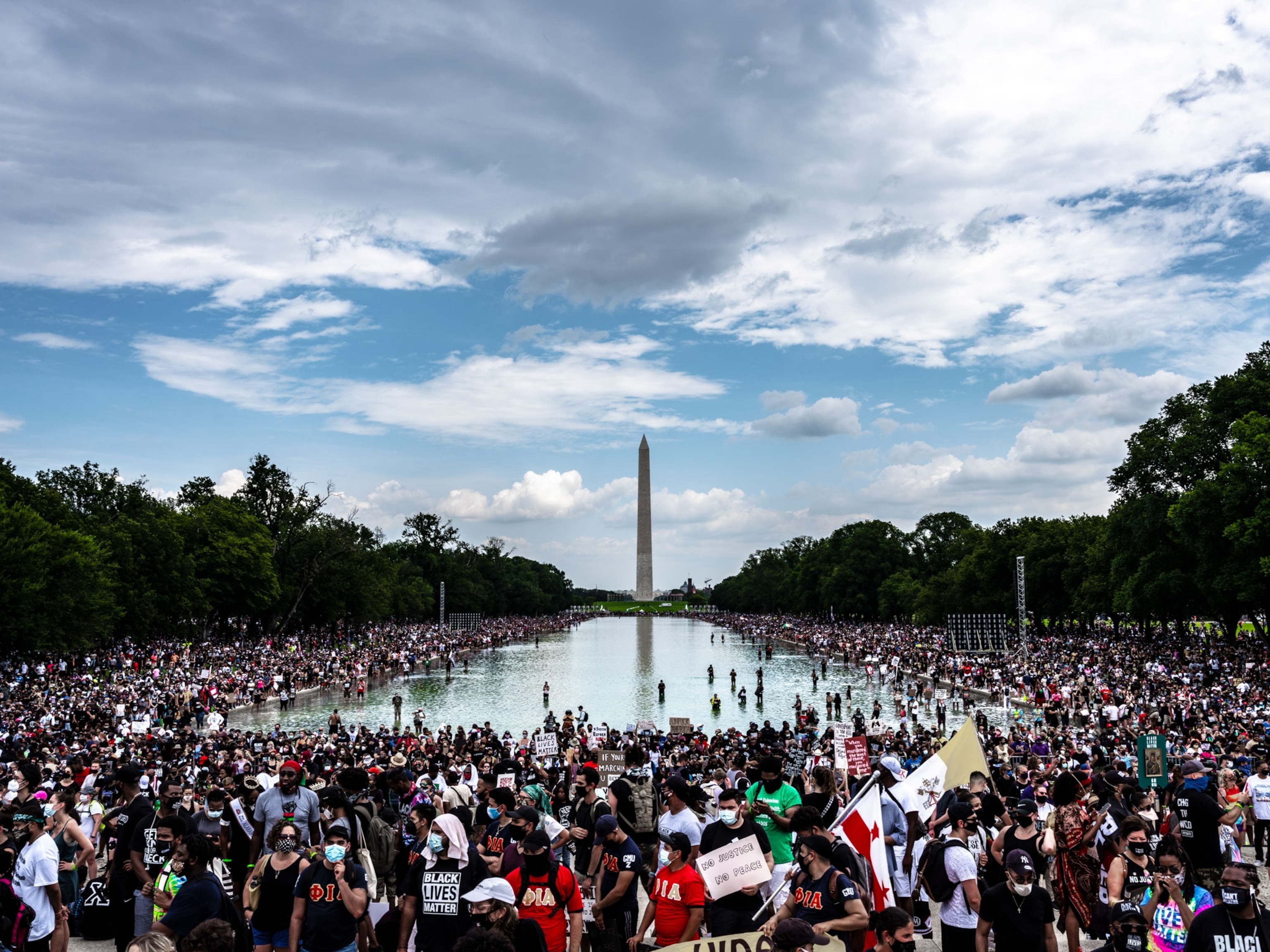
And he plans to keep coming back. “With all the things that’s going on in America, I have to be here for my parents,” Lewis says. “They came through the days of Jim Crow down in South Carolina. Certain things in life override your personal concern. It’s like Dr. King said, those who see injustice and do nothing are as guilty as those enforcing injustice. Corona, guns, teargas, a firing squad can’t stop the will of the people.”
Later, the Plaza filled with the roar of motorcycle engines as members of the Black Girls Ride motorcycle club barreled down K Street. The group’s founder, Porsche Taylor, rode her bike from Long Beach, California, for the Commitment March, and more than a hundred other Black women bikers from across the United States joined her along the way.
Taylor was also one of the speakers during the event. “We are our ancestors wildest dreams, women of color traveling across the land of the free,” she exhorted to the swell of applause. “We are your mothers, your grandmothers, your aunts, your sisters, and your daughters. As I rode through Texas, I thought about our sister Sandra Bland, and how a simple traffic stop ended in her death…when the call to march was issued, we knew it was time to mount up.”
On the Sunday after the march, having rested just enough to begin the return journey, Taylor contemplated one of the major reasons for America’s current turmoil.
“Not one of the people who videotaped George Floyd’s death felt like they could help him,” she says. “They knew if they had tried to intervene, to make the police officer stop killing him, that they would be murdered on the spot. How long will Black people feel forced to stay silent while they’re being brutalized?”
Another passage from Taylor’s march speech echoed as the group prepared to leave Washington, D.C.
“We ride unapologetically for Black lives. And we raise our throttle hand in support of those on the front lines of our struggle. We ride to ensure the future of our future leaders. We’ve come a long way, but our journey is not over.”


